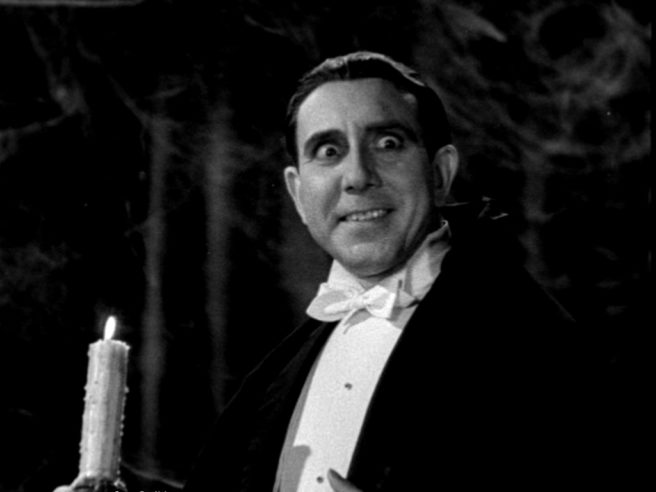The 1931 Bela Lugosi film “Dracula” is an all-time classic, there is no denying that. But not many know that there was another Dracula film made at the same time and with the same script but with a Spanish-speaking cast. This was not an uncommon practice at the time, and these films were often made for foreign audiences primarily and reused the same costumes and sets as well as the scripts. This version of Dracula was thought lost until a print was found in the 1970s, which may explain why it isn’t as well known.
The film starred Carlos Villarías as Count Dracula, and his performance alone is enough to set this version apart. Lugosi is the iconic depiction of Dracula as a refined nobleman, who is secretly a sinister monster, but Villarías played the count far more sinister than Lugosi did. There was an almost manic feeling in his performance that gave him a true feeling of otherworldliness. It was not just his performance that set the film apart but also the mood was different. Things were less calm and there was more of a sense of dread this time, which suited the source material much better in my opinion.
The cinematography is generally better than in the English version and that was already incredible due to the work of Karl Freund. Some scenes that felt static in the English version, such as the introduction of Dracula himself, were much more involved here due to different camera techniques by George Robinson. Rather than simply have Dracula appear at the top of a staircase, the camera moves in and closes in on Dracula to emphasize the moment we meet him. The film is also home to more violent imagery than the English language version, which makes sense given the sensibilities of a different audience.
This is a film I would encourage more people to seek out and watch. If you are familiar with the Bela Lugosi version, this will be a whole new way to experience the story. It is also worth noting there is some more content in this film than in the English version as it is half an hour longer at 104 minutes compared to the English version’s 75 minutes.
I personally prefer the performance of Carlos Villarías over Lugosi due to him playing Dracula as a more maniacal and evil figure, and I feel the cast in general gave better performances. Having been fond of the English language version, this was a treasure to behold and I see why so many have praised this. It is a shame that the film was unknown among English-speaking audiences for so long, but thankfully that has been remedied. Overall, I must say that the film in general is far superior to the English language version, and I think you will all agree once you see it.
This is a modified and updated/expanded version of an earlier review by the same writer

